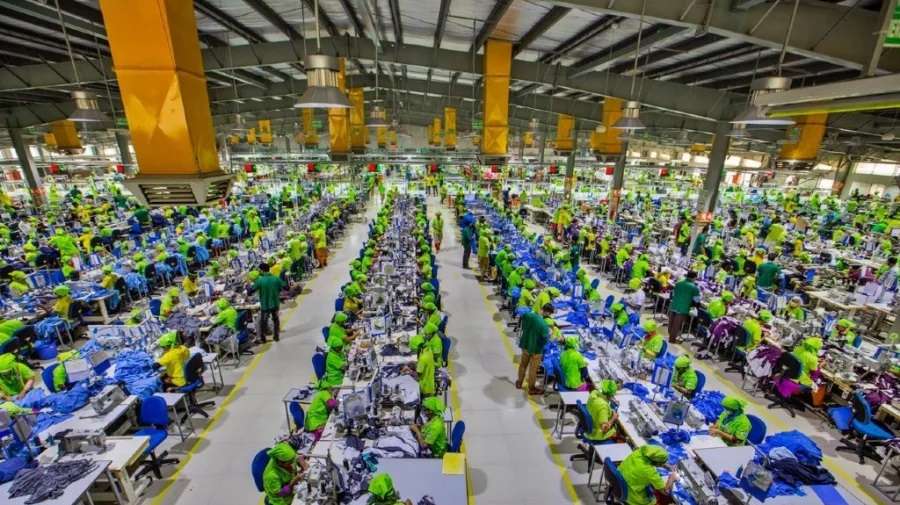Poised for continued growth, the Middle East market for high-tenacity polyester filament yarn is anticipated to grow at compound annual growth rate (CAGR) of +1.2 per cent in value and +1.1 per cent in volume from 2024-35. The market is projected to reach 56,000 tons and $137 million by the end of this period.
This growth is primarily being driven by an increasing demand for high-tenacity polyester filament yarn across the Middle East. While growth is expected to moderate slightly over the next decade, consumption is still forecast to rise steadily. In 2024, however, consumption declined by 15.7 per cent to 50,000 tons, marking the second consecutive year of decline after a period of growth. Despite this recent dip, overall consumption has shown resilience, peaking at 63,000 tons in 2022.
The value of the high-tenacity filament polyester yarn market in the Middle East also declined by -15.2 per cent to $119 million in 2024. This figure represents the total revenue of producers and importers at nominal wholesale prices. Similar to volume, the market value had previously shown strong expansion, reaching a peak of $155 million in 2022.
Turkey emerged as the largest consumer in 2024, accounting for approximately 69 per cent of the total volume with 35,000 tons. The United Arab Emirates (UAE) followed with 7,700 tons, and Saudi Arabia with 3,600 tons. Notably, consumption across the UAE and Saudi Arabia grew at an average annual consumption growth rates of +25.3 per cent and +9.7 per cent respectively, between 2013-24.
In terms of value, Turkey also led the market at $90 million, followed by the UAE at $14 million and Iran. The value of the high-tenacity filament polyester yarn in the UAE exhibited the most substantial average annual market growth of +22.2 per cent during the same period. The UAE also recorded the highest per capita consumption in 2024 at 756 kg per 1,000 people, followed by Turkey (400 kg) and Saudi Arabia (98 kg).
After three years of growth, production of high-tenacity filament polyester yarn in the Middle East declined by -44.5 per cent in 2024 to 37 tons. Lebanon remained the largest producer, accounting for almost all of the total volume. Imports also decreased by -14.7 per cent in 2024 to 51,000 tons, with Turkey being the largest importer.
The import price saw a significant increase of 29 per cent in 2024, reaching $2,079 per ton. Exports, primarily from the UAE and Turkey, increased by 39 per cent in volume in 2024, while the export price declined sharply by -40.6 per cent to $2,176 per ton.












